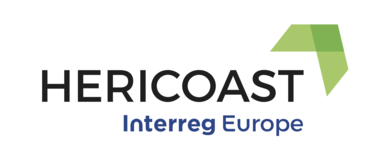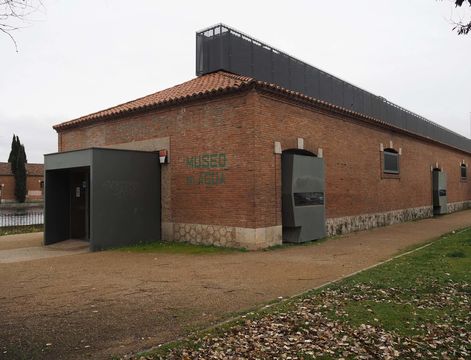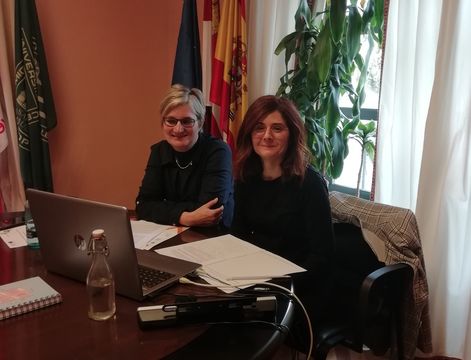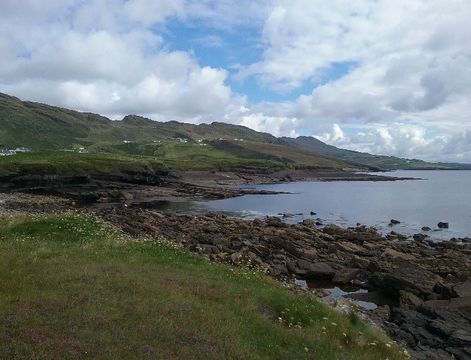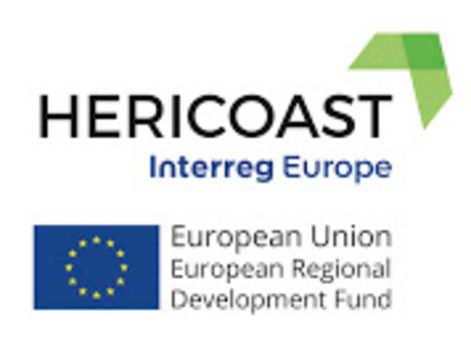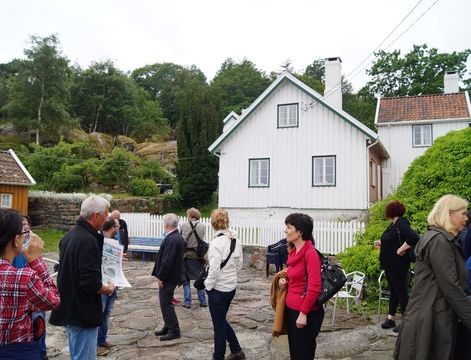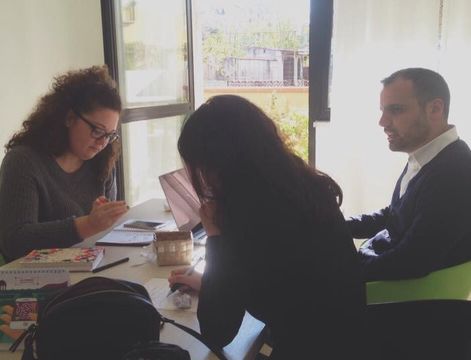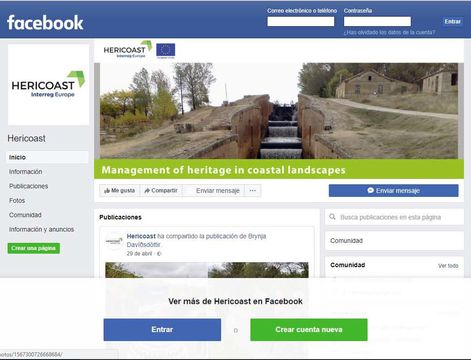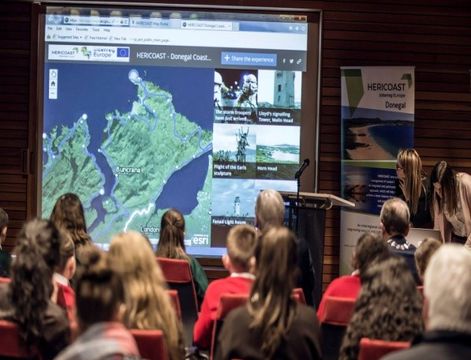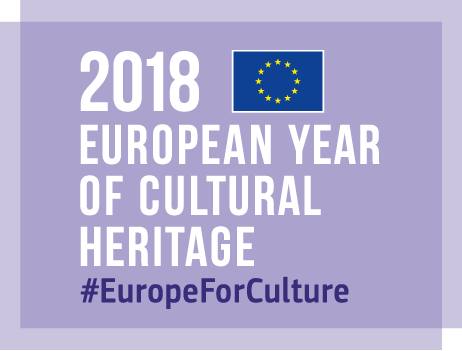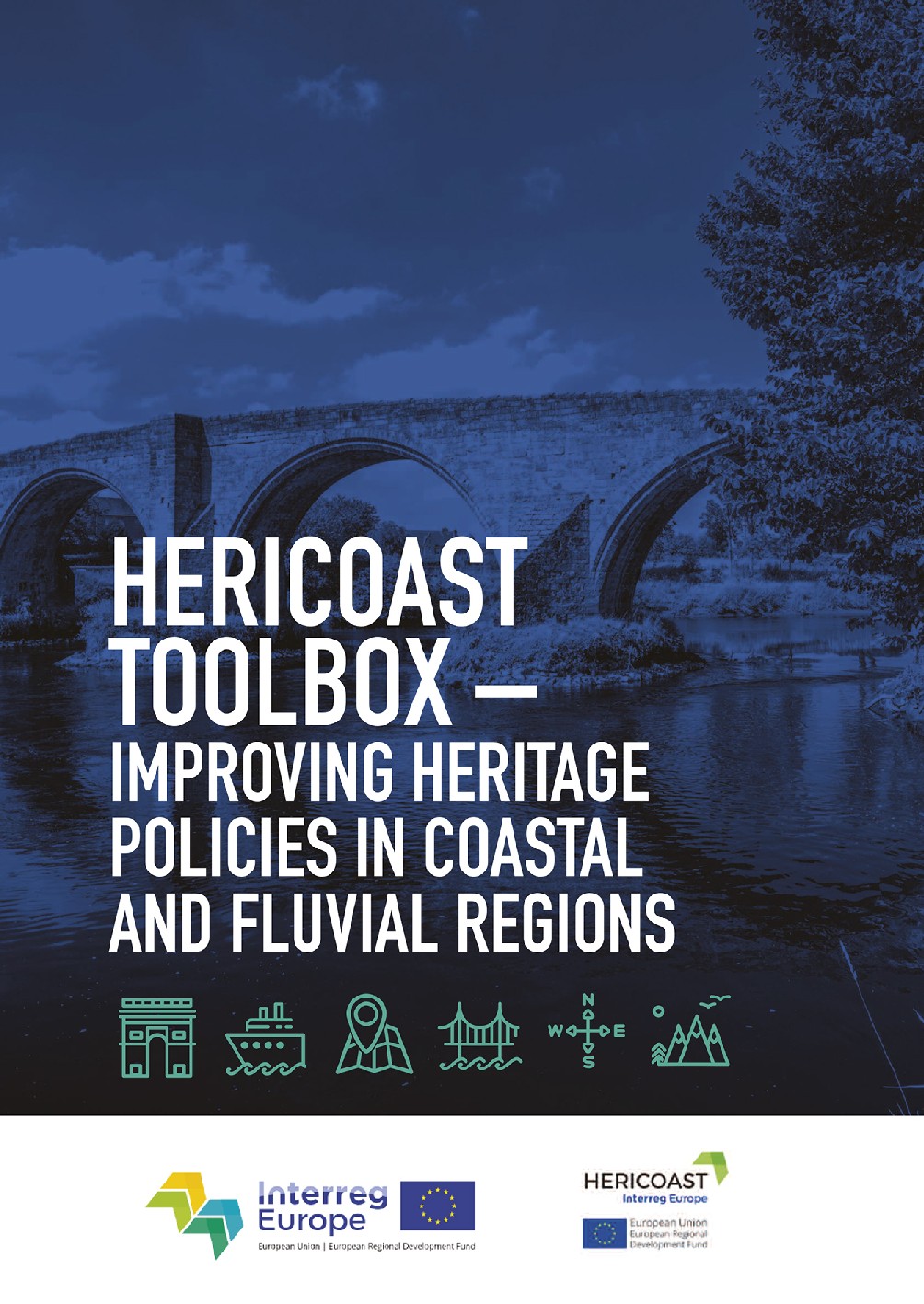On Wednesday August 24, 2016, Linde Egberts of CLUE+, Vrije Universiteit Amsterdam, will present on the Landscape Archaeology Conference 2016 in Uppsala, Sweden. She will present her recent research on heritage in the Wadden Sea area, that serves as a valuable reference region for the partner regions in the HERICOAST project. Not only is it a well-preserved coastal landscape as a UNESCO World Heritage, it is also one of the most densely studied ones in the world. Therefore,
its challenges and successes form a valuable set of lessons to the HERICOAST project
The findings of Egberts’ research will therefore be integrated in the partner workshops and form input for the HERICOAST toolbox for heritage and landscape management in coastal regions that is currently under development.
The Wadden Area is a large, maritime wetland that spans across the coasts of the Netherlands, Germany and Denmark. It is protected as a trilateral UNESCO World Heritage conservation area, first and foremost based on its ecological values. The cultural historical values of this landscape only played a marginal role in the preservation, protection and appropriation of the Wadden Area in previous decades.
However this wetland area can also be viewed as a unique and complex cultural landscape that was influenced by uninterrupted human habitation since the Iron Age. Particularly significant are the remains of dwelling mounds,that enabled early medieval communities to adapt to the tidal environment since the early Middle Ages, and the land reclamations from the ninth century onwards.
The underlying issue here is that natural and cultural values are implicitly seen as an irreconcilable dichotomy. Although the Wadden Sea itself is not inhabited by humans, it was and is intensively used for trading, fishing, hunting, grazing and even agriculture. Moreover, its physical and cultural influence reaches far inland.
I argue that we need to approach the area as a maritime cultural landscape, in line with Christer Westerdahl's earlier work
This allows landscape researchers, heritage preservationists and politicians to understand, preserve and develop the cultural historical values of the Wadden as inextricably intertwined with its ecological values
For more information, please go to: http://www.arkeologi.uu.se/LAC_2016+/
